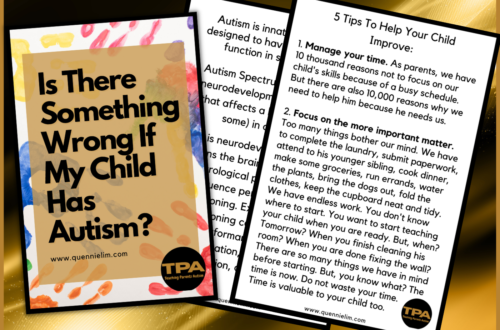Why are Schedules Important in Autism?
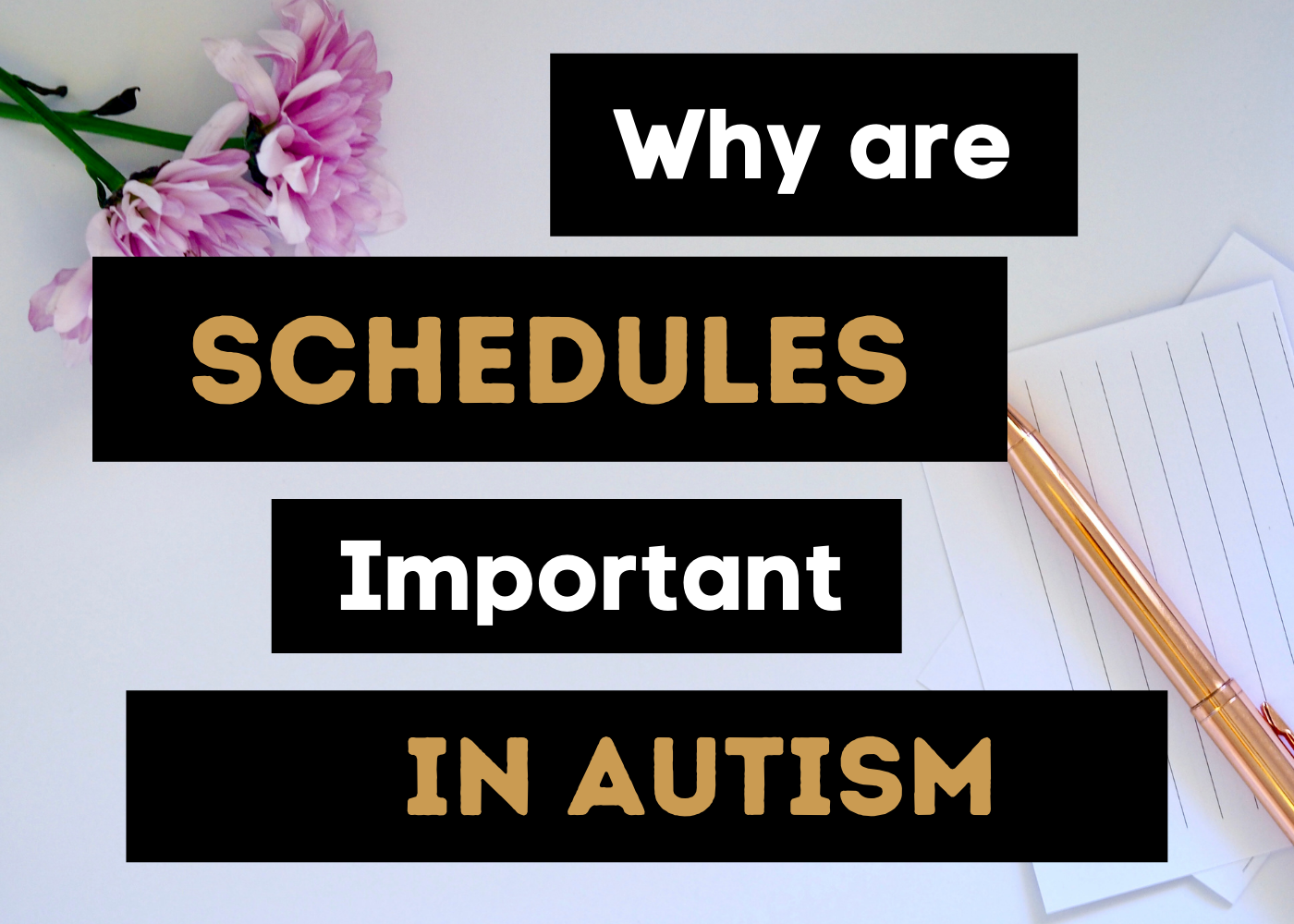
Do you know that a daily schedule makes a child with autism manageable and calmer?
Imagine if we don’t have schedules to follow in our daily work? Our job will be chaotic and disorganized.
Here are some reasons why schedules help them in their daily life.
1. Helps them feel safe in the environment
2. Activities seen in the schedule are predictable. They can anticipate what’s coming next rather than get overwhelmed and surprised about a sudden change in the routine.
3. It is less confusing for them.
4. Individuals with autism have problems with organization. Showing them a schedule may help them organize their thoughts.
5. Not only that they have difficulty with organization, but also with sequence. Sequencing is part of our daily routine. We sequence our tasks/activities in a manner we innately learned. For example, brushing teeth. We know we need to put toothpaste on the toothbrush before we brush our teeth. Not the other way around – brush teeth then put on toothpaste. Individuals with autism have problems with sequencing. Giving them schedules will help them organize and sequence their activities during the day.
6. Without a schedule, the child may do his plan which is not according to what we expect them to do.
7. It gives them confidence and be able to meet expectations (e.g. completing a teaching time rather than spending time on a gadget).
8. Schedules help them establish and follow routines.
9. They become more independent.
10. Schedules create a positive and safe environment, resulting in less meltdown and less stress to the child.
Here are a few guides on how to manage schedules
1. It needs to be clear
2. The visual schedule should be at a child’s level of understanding
3. It should encourage independence
4. Schedules can be objects, photographs, set of pictures, or written words (depending on the child’s literacy level)
5. The number of pictures set on the board will depend on the child’s ability to understand when to transit from one activity to the next.
6. Change the schedule if the child is not following it. Assess if you need to modify, change or lessen activities.
7. It should be interactive, meaning the child needs to look at his schedule and be able to transit to the activity.
8. It can be presented from left to right or top to bottom.
Now you know the importance of schedules for children with autism, it is good to start even if it is just a half-day schedule or even if just a very tiny part of his day.
Some kids just follow the First-Then schedule (e.g. First do a worksheet, Then iPad). Others follow a half-day routine. Others can do a full-day routine.
Below are some examples of schedules that children with autism use:

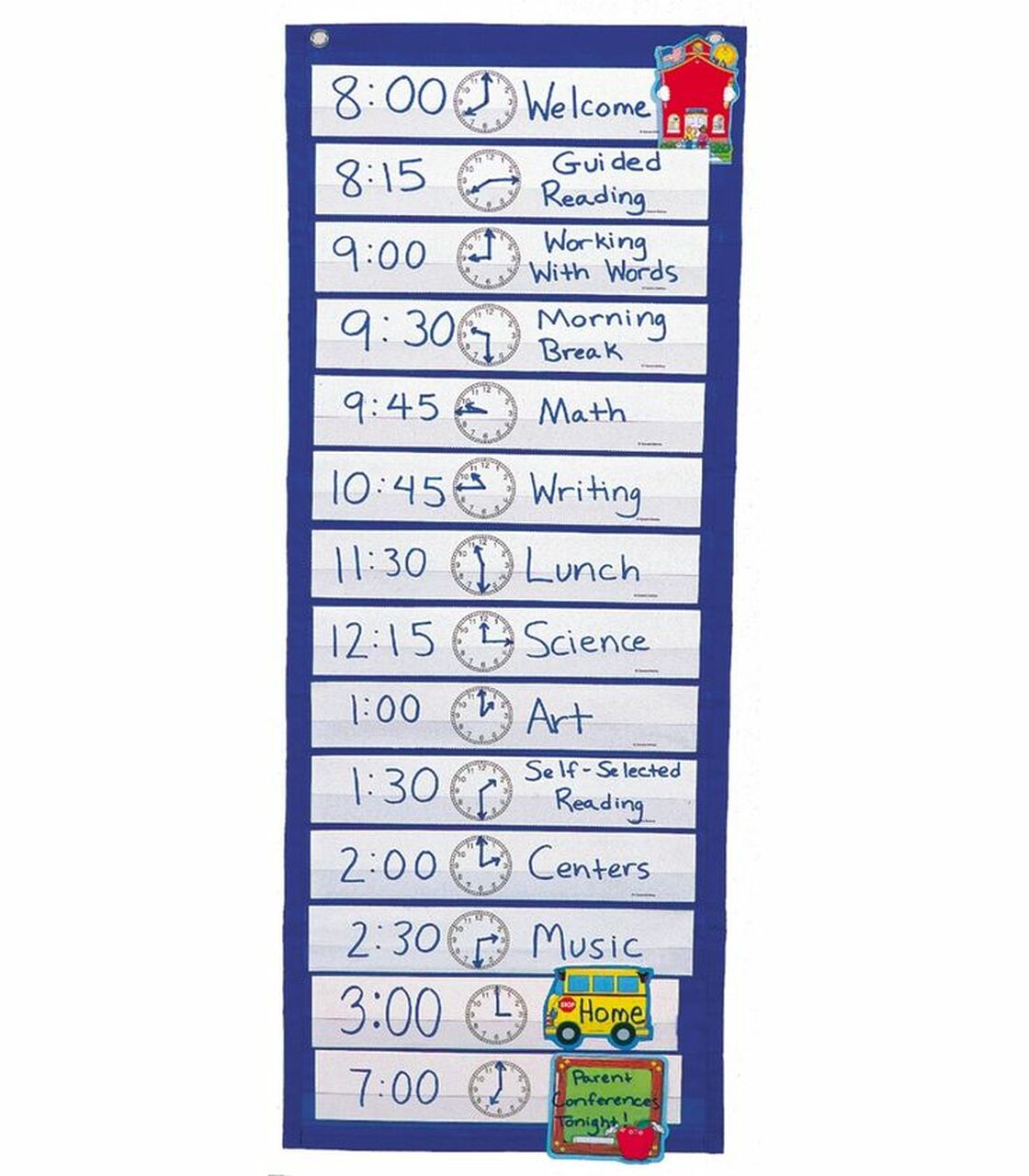
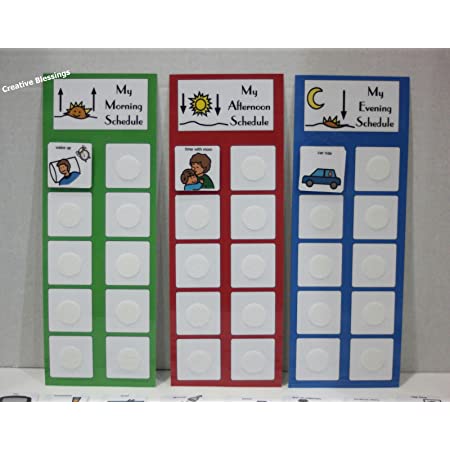
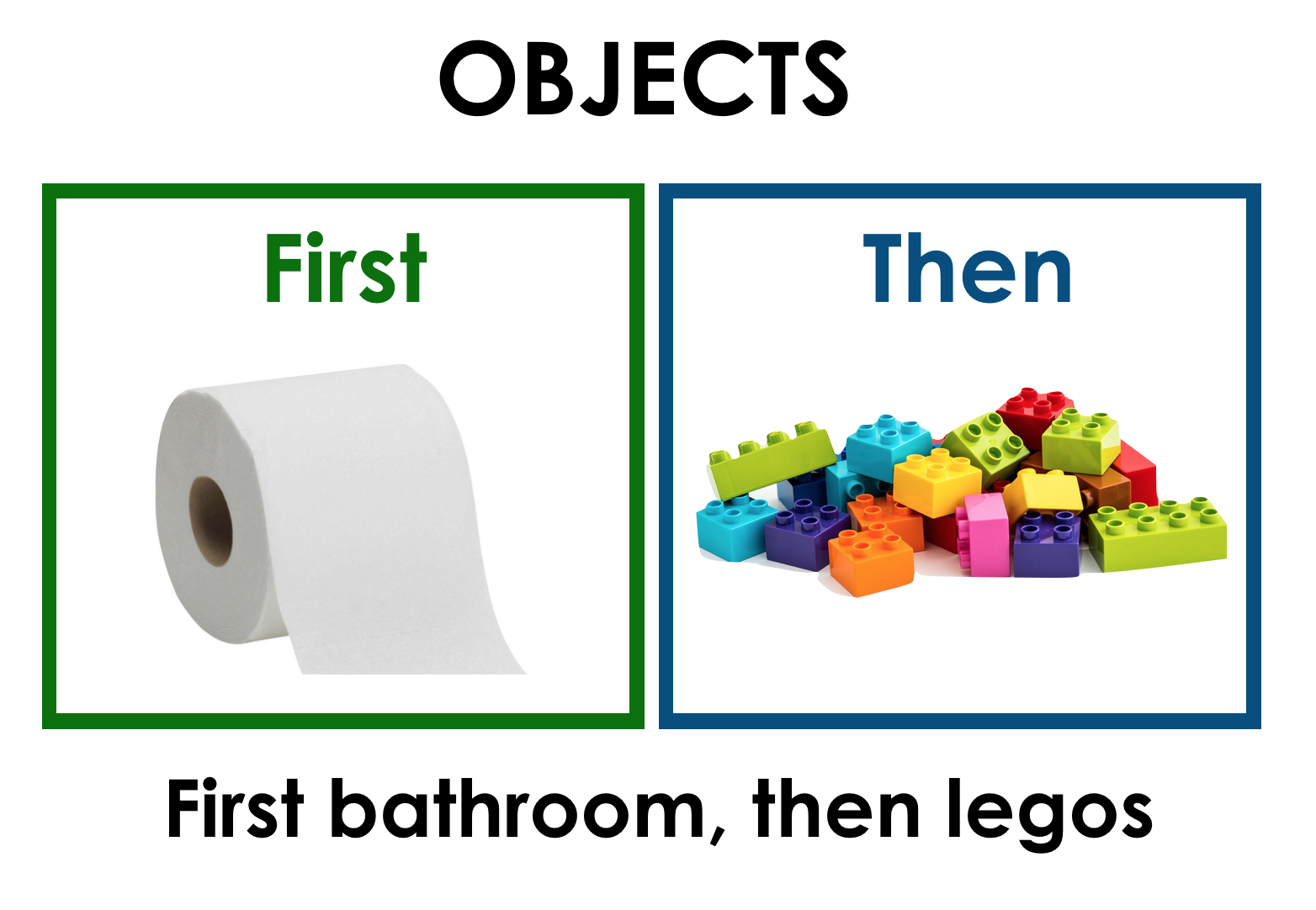
There you go!
I hope you get some golden nuggets from me again.
As usual, I always provide you with a copy of my blog in PDF form.
Click the button below the pictures to get it.
If you need help, I will be glad to coach you, just like some of the parents out there who reach out to me for advice and clarity.
Click the button below to know more about my coaching program.
Bye for now!







